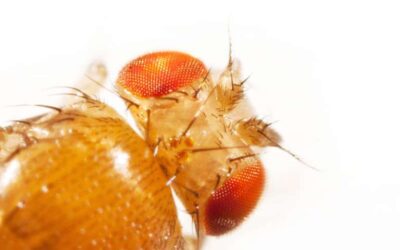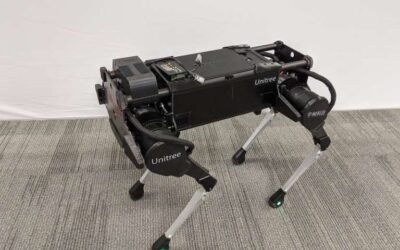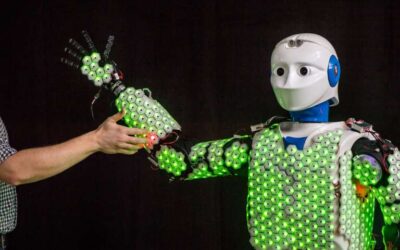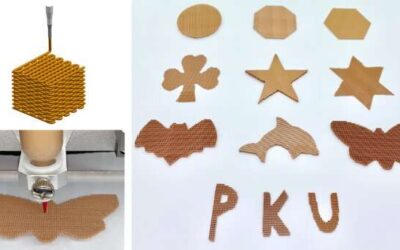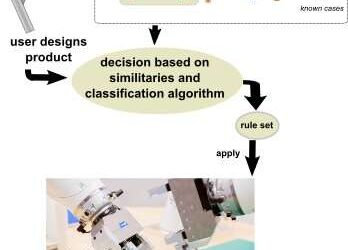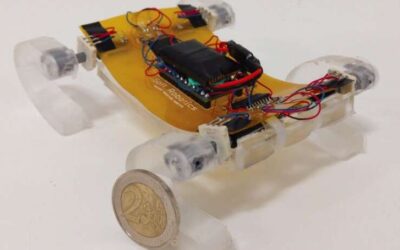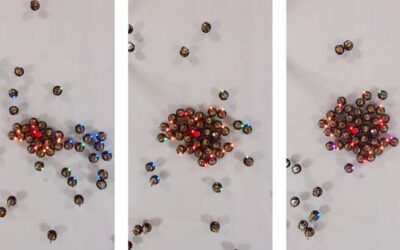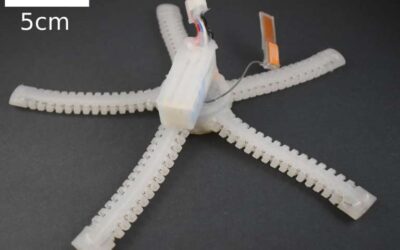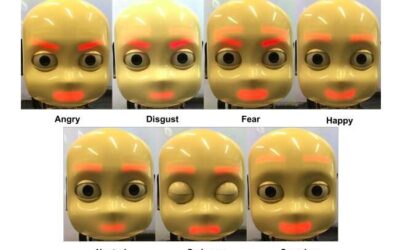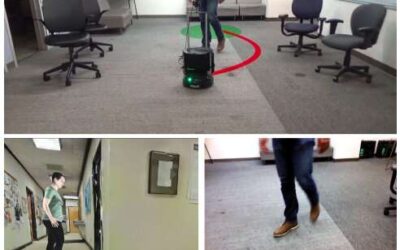Nature is one of the most valuable sources of inspiration for researchers developing new robots and computational techniques. For instance, in recent years, research teams worldwide have tried to artificially replicate the behaviors observed in insects and the...
Robotics
A system to reproduce different animal locomotion skills in robots
Researchers at Google Research and the University of California, Berkeley, have recently developed an imitation learning system that could enable a variety of agile locomotion behaviors in robots. Their technique, presented in a paper pre-published on arXiv, allows...
A highly performing and efficient e-skin for robotic applications
Researchers at Technische Universität München in Germany have recently developed an electronic skin that could help to reproduce the human sense of touch in robots. This e-skin, presented in a paper published in MDPI's Sensors journal, requires far less computational...
A new flexible piezoelectric composite for 3-D printing
Researchers at Peking University, Southern University of Science and Technology and the University of Jinan in China have recently designed a ceramic-polymer composite that can be used to print complex 3-D grid architectures. This composite, first presented in a paper...
An algorithm to enhance the robotic assembly of customized products
Robots could soon assist humans in a variety of fields, including in manufacturing and industrial settings. A robotic system that can automatically assemble customized products may be particularly desirable for manufacturers, as it could significantly decrease the...
SQuad: A miniature robot that can walk and climb obstacles
Researchers at Bilkent University in Turkey have recently created a small quadruped robot called SQuad, which is made of soft structural materials. This unique robot, presented in a paper published in IEEE Robotics and Automation Letters, is more flexible than...
Bio-inspired algorithms to produce collaborative behaviors for robot teams
Researchers at the University of Surrey have recently developed self-organizing algorithms inspired by biological morphogenesis that can generate formations for multi-robot teams, adapting to the environment they are moving in. Their recent study, featured in IEEE...
This is PATRICK: Meet the brittle star-inspired robot that can crawl underwater
Researchers at Carnegie Mellon University have recently created PATRICK, an untethered soft robot that artificially replicates the structure and behavior of the brittle star, a marine invertebrate closely related to starfish. This unique bio-inspired robot, presented...
Teaching the iCub robot to express basic human emotions
As robots make their way into a variety of environments and start interacting with humans on a regular basis, they should be able to communicate with users as effectively as possible. Over the past decade or so, researchers worldwide have thus been developing machine...
A flexible microrobot that can survive almost any deformation
An International research team led by Dr. Oliver Schmidt, working at Chemnitz University of Technology (TU Chemnitz) and Leibniz IFW Dresden has recently developed a microrobitic system with a wide range of possible applications, ranging from completing...

